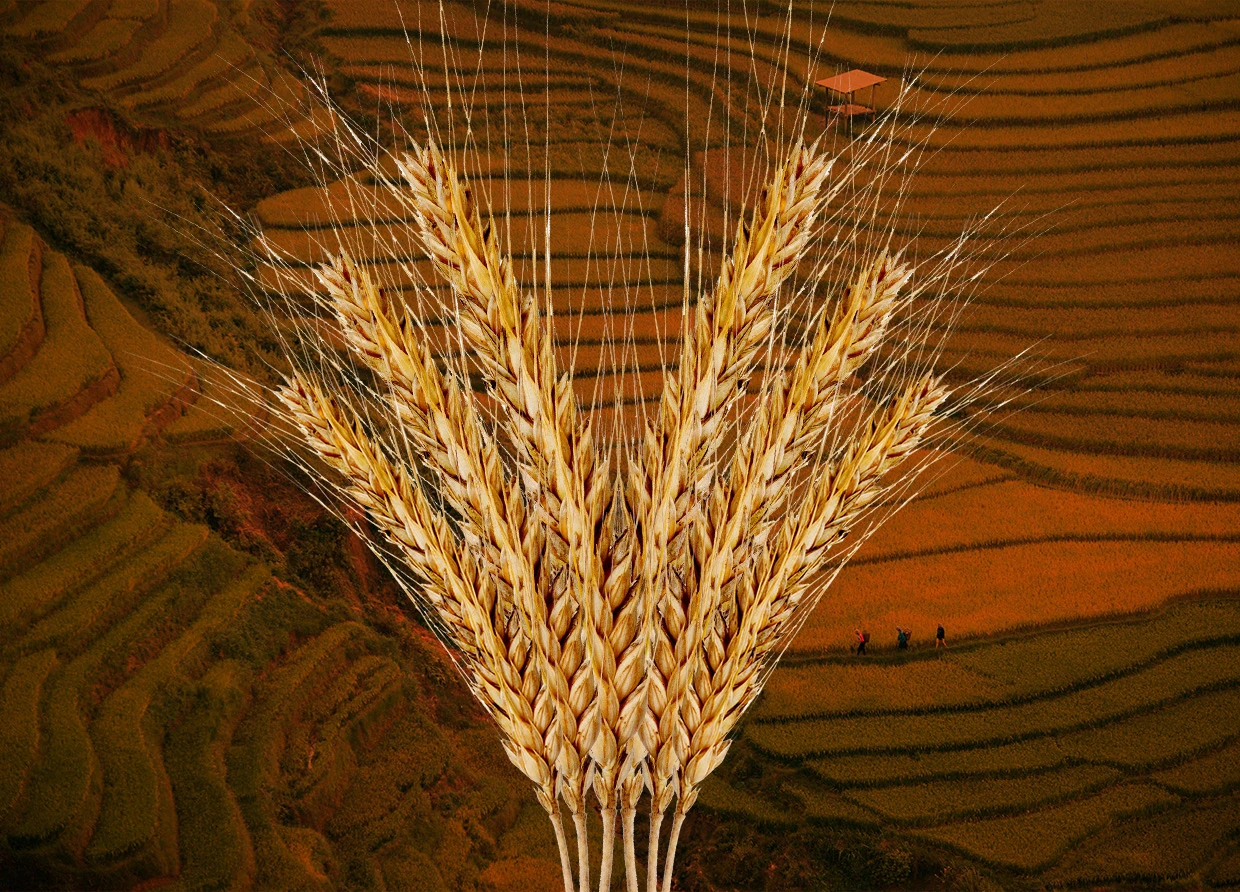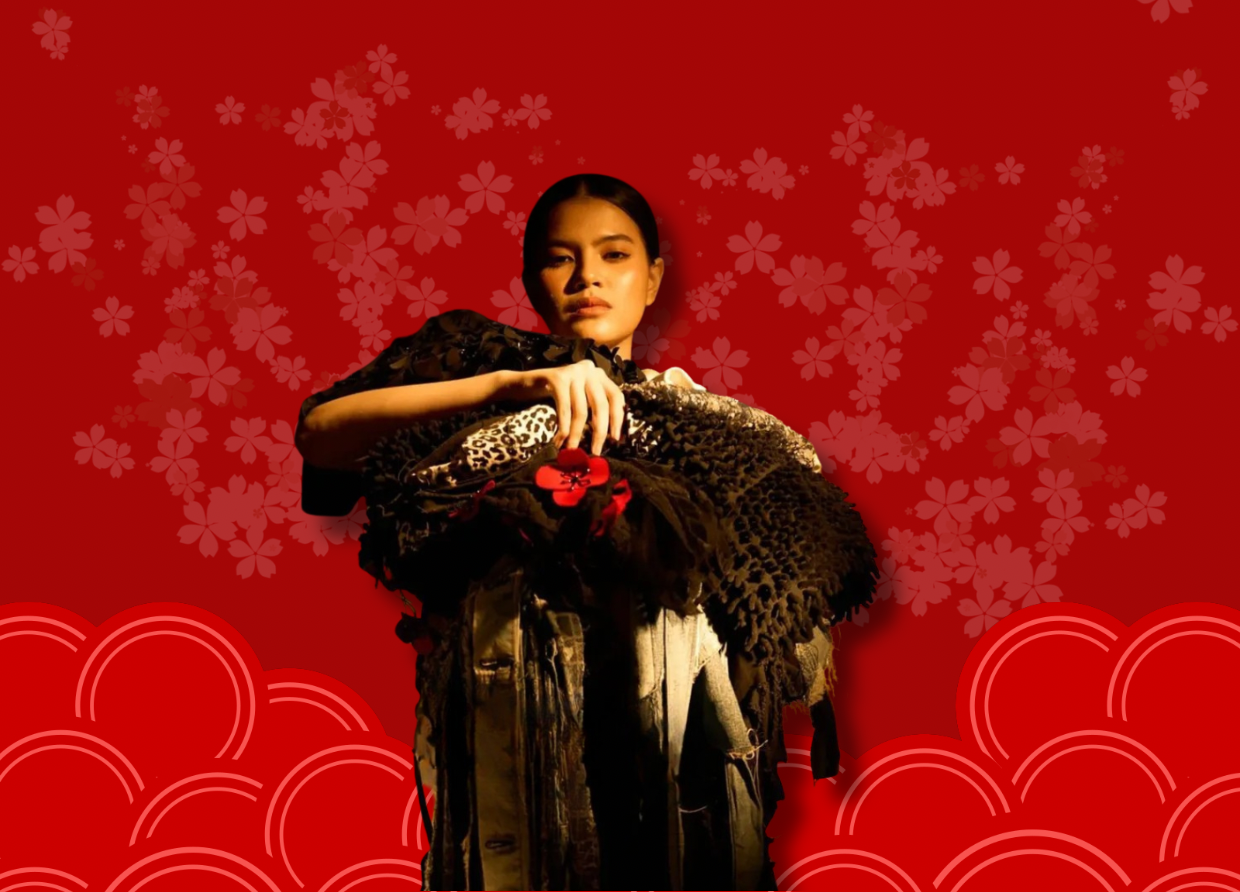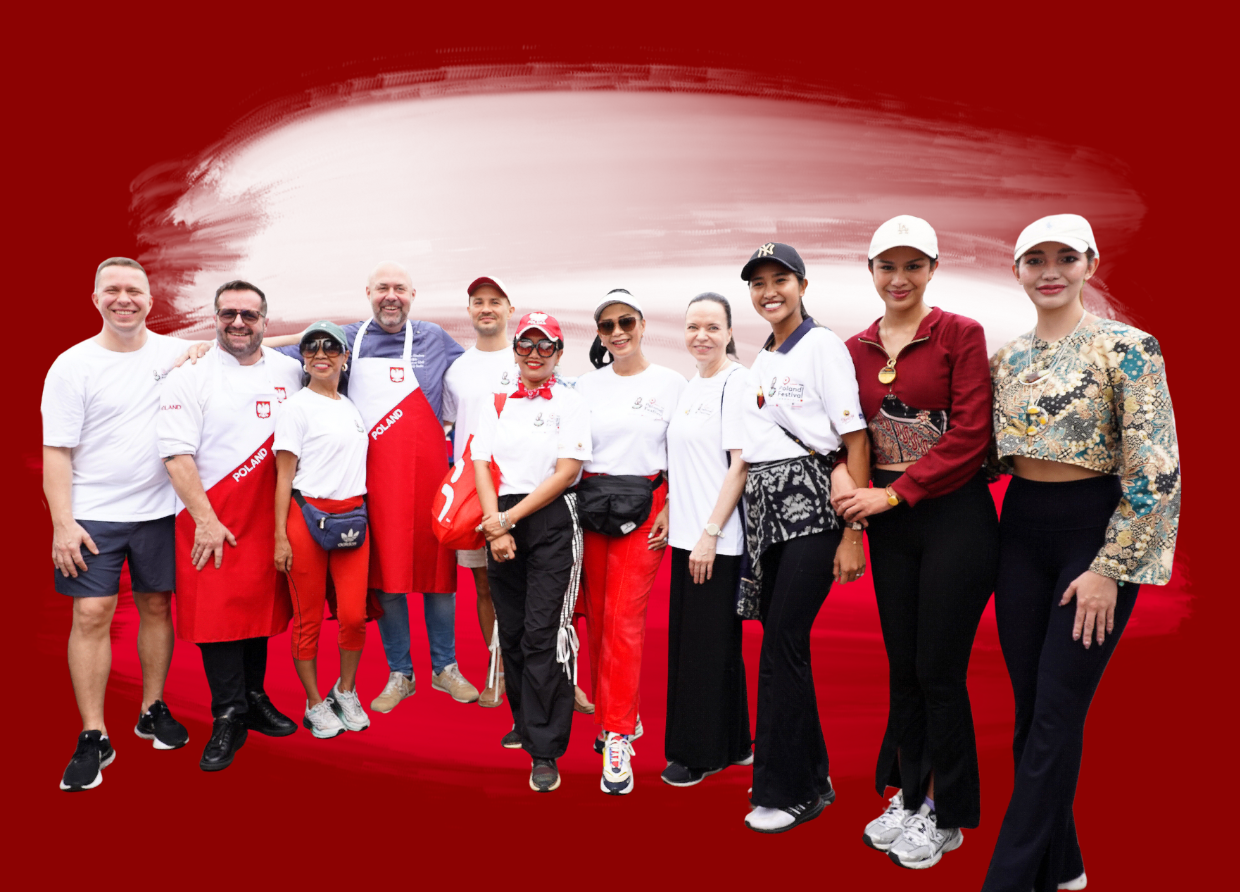RICE VS SAGO: THE QUESTION OF INDONESIANS' FIRST STAPLE FOOD (PART 2)
Our ancestors brought rice along when they moved out of Taiwan — but was it really our first staple food?

This is part two of a two-part article. In this part, we present our refutation to the argument that claims sago as the original staple food of the ancestors of the people that now inhabit Indonesia. If you haven't, please read Part 1 here.
In the first part of the article, we have presented the claim that sago was the original staple food of the people that inhabited Indonesia before rice. How much of the claim presented in the previous part of the article is true? Well, below is our response to the claim.
Rice was first domesticated and cultivated in the Yangtze River basin in China 13,500 to 8,200 years ago. It was then spread along with human migration. Long story short, some of these humans migrated to Taiwan. These were the ancestors of the seafaring Austronesian people, from whom almost all ethnic groups in maritime Southeast Asia and some parts of mainland Southeast Asia descended.
One branch of these people, particularly those who spoke the proto Malayo-Polynesian language, migrated southward out of Taiwan on a large scale. They brought along with them their culture, technologies, including sailing technologies, and domesticated plants, including bananas, coconuts, breadfruit, some breed of yams, taro, paper mulberry, chickens, pigs, dogs, and most importantly, rice. These waves of migration started around 3000–1500 BCE. Those who ended up inhabiting what is Indonesia today descended from two main groups, namely the Proto Malays or the old Malayic people and the Deutero Malays or the young Malayic people.

This migration part is very important in explaining why rice was the original staple food of our ancestors instead of sago. This is because the rice cultivated in Indonesia is the same species as the rice cultivated in East Asia, Oryza Japonica (also sometimes referred to as Oryza Sinica). This shows that the rice our ancestors brought in their migration had been with them when they were pushed out of mainland China to Taiwan.
More importantly, it was not brought from the mainland to Southeast Asia during the colonial era as it had been here for long enough to evolve into a different subspecies. Whereas the O. Japonica cultivated in East Asia is known as "temperate Japonica", the one cultivated by the Austronesian peoples, including the ones in Madagascar, far west in Africa, is the "tropical Japonica", which sometimes is referred to as O. Javanica. Needless to say that the breed is not as closely related to O. Indica that is cultivated in the Indian subcontinent. Moreover, archaeological evidence shows that wild rice had existed in Sulawesi at around the same time as the Austronesian expansion.
View this post on Instagram
Other evidence includes that our ancestors used to worship the rice goddess Dewi Sri. Sure, the term Devi came from India along with Hinduism, but rice cult is so ingrained in Austronesian cultures to the point where the concept of revering a rice deity could not be imported from a relatively new contact. At best, sago was cultivated along with rice after our ancestors found out that we could eat tree trunks or because the people that settled there before our ancestors taught them how to.
Sure, the idea of an alternative staple food can be exciting, especially considering that sago is not as hard to maintain as rice but saying foreign powers introduced the rice we eat is not likely to be true when evidence shows otherwise. In fact, the relief on the walls of Borobudur that is used to support the argument that our ancestors ate sago instead of rice also shows the process of cultivating rice, including one that shows a farmer plowing rice fields with the help of two water buffalos.
#THE S MEDIA #Media Milenial #Rice #Sago #Sagu #HIstory #Indonesia #Human migration



























